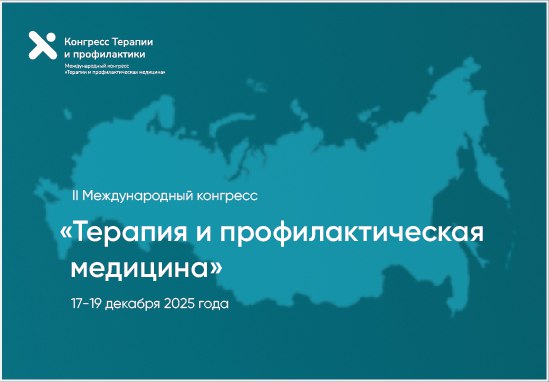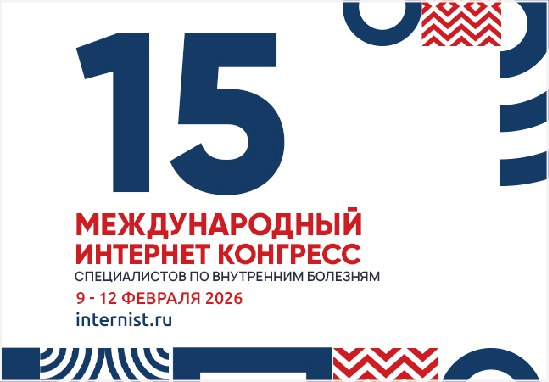Endovascular rotational atherectomy for multivessel coronary calcification involving the main trunk of left coronary artery and the left anterior descending artery
https://doi.org/10.15829/1728-8800-2024-3890
EDN: DIWGTF
Abstract
The revascularization strategy for severe calcification is one of the most pressing problems of modern percutaneous coronary interventions, since it is observed more and more often and significantly complicates traditional endovascular treatment. Currently, the method of choice for severe coronary calcification is rotational atherectomy, which allows modification of atheromatous mass with an increase in the vessel lumen to allow satisfactory balloon angioplasty and stenting. This article presents a case of a patient at very high cardiovascular risk with a burdened coronary history and severe clinical symptoms of exertional angina while receiving the optimal multiagent therapy. The examination revealed a multivessel coronary calcification, but the patient was denied coronary artery bypass grafting due to high perioperative risks. SYNTAX (Synergy between Percutaneous Coronary Intervention with TAXUS and Cardiac Surgery score) score I – 25,5 points, SYNTAX score II — 40,4% and 70,1% for percutaneous coronary intervention and coronary bypass surgery, respectively, European System for Cardiac Operative Risk Evaluation (EuroSCORE II) — 4,95%. Attempts at traditional percutaneous intervention were unsuccessful and the patient underwent endovascular rotational atherectomy followed by stenting of affected coronary segments, against the background of which there was an improvement in exercise tolerance with a decrease in angina class.
About the Authors
F. B. ShukurovNational Medical Research Center for Therapy and Preventive Medicine
Russian Federation
Moscow
R. P. Myasnikov
Russian Federation
Moscow
O. V. Kulikova
Russian Federation
Moscow
D. A. Nefedova
Russian Federation
Moscow
D. A. Feshchenko
Russian Federation
Moscow
D. K. Vasiliev
Russian Federation
Moscow
References
1. Lee MS, Yang T, Lasala J, et al. Impact of coronary artery calcification in percutaneous coronary intervention with paclitaxel-eluting stents: Two-year clinical outcomes of paclitaxel-eluting stents in patients from the ARRIVE program. Catheter Cardiovasc Interv. 2016;88:891-7. doi:10.1002/ccd.26395.
2. Copeland-Halperin RS, Baber U, Aquino M, et al. Prevalence, correlates, and impact of coronary calcification on adverse events following PCI with newer-generation DES: Findings from a large multiethnic registry. Catheter Cardiovasc Interv. 2018;91(5):859-66. doi:10.1002/ccd.27204.
3. Shiode N, Kozuma K, Aoki J, et al. The impact of coronary calcification on angiographic and 3-year clinical out-comes of everolimus-eluting stents: results of a XIENCE V/PROMUS post-marketing surveillance study. Cardiovasc Interv Ther. 2018;33:313-20. doi:10.1007/s12928-017-0484-7.
4. Tomey MI, Kini AS, Sharma SK. Current status of rotational atherectomy. JACC Cardiovasc Interv. 2014;7:345-53. doi:10.1016/j.jcin.2013.12.196.
5. Sharma SK, Tomey MI, Teirstein PS, et al. North American expert review of rotational atherectomy. Circ Cardiovasc Interv. 2019;12(5):e007448. doi:10.1161/CIRCINTERVENTIONS.118.007448.
6. Katsanos K, Spiliopoulos S, Reppas L, et al. Debulking Atherectomy in the Peripheral Arteries: Is There a Role and What is the Evidence? Cardiovasc Intervent Radiol. 2017;40(7):964-77. doi:10.1007/s00270-017-1649-6.
7. Khalid N, Javed H, Shlofmitz E, et al. Adverse Events and Modes of Failure Related to Rotational Atherectomy System: The Utility of the MAUDE Database. Cardiovasc Revasc Med. 2021;27:57-62. doi:10.1016/j.carrev.2020.08.038.
8. Watt J, Oldroyd KG. Radial versus femoral approach for high-speed rotational atherectomy. Catheter Cardiovasc Interv. 2009;74:550-4. doi:10.1002/ccd.22066.
9. Lawton JS, Tamis-Holland JE, Bangalore S, et al. 2021 ACC/AHA/SCAI Guideline for Coronary Artery Revascularization: A Report of the American College of Cardiology/American Heart Association Joint Committee on Clinical Practice Guidelines. Circulation. 2022;145:e18-e114. doi:10.1161/CIR.0000000000001038.
10. Dill T, Dietz U, Hamm CW, et al. A randomized comparison of balloon angioplasty versus rotational atherectomy in complex coronary lesions (COBRA study). Eur Heart J. 2000;21:1759-66. doi:10.1053/euhj.2000.2242.
11. Mauri L, Reisman M, Buchbinder M, et al. Comparison of rotational atherectomy with conventional balloon angioplasty in the prevention of restenosis of small coronary arteries: results of the Dilatation vs Ablation revascularization trial targeting restenosis (DART). Am Heart J. 2003;145(5):847-54. doi:10.1016/S0002-8703(03)00080-2.
12. Abdel-Wahab M, Richardt G, Joachim Büttner H, et al. High-speed rotational atherectomy before paclitaxel-eluting stent implantation in complex calcified coronary lesions: the randomized ROTAXUS (Rotational Atherectomy Prior to Taxus Stent Treatment for Complex Native Coronary Artery Disease) trial. JACC Cardiovasc Interv. 2013;6:10-9. doi:10.1016/j.jcin.2012.07.017.
13. De Waha S, Allali A, Büttner HJ, et al. Rotational atherectomy before paclitaxel-eluting stent implantation in complex calcified coronary lesions: two-year clinical outcome of the randomized ROTAXUS trial. Catheter Cardiovasc Interv. 2016;87:691-700. doi:10.1002/ccd.26290.
14. Abdel-Wahab M, Toelg R, Byrne RA, et al. High-Speed Rotational Atherectomy Versus Modified Balloons Prior to Drug-Eluting Stent Implantation in Severely Calcified Coronary Lesions. Circ Cardiovasc Interv. 2018;11(10):e007415. doi:10.1161/CIRCINTERVENTIONS.118.007415.
15. Barbarash OL, Polikutina OM, Tavlueva EV, et al. The defeat of the main left coronary artery: view of cardiologist. Kreativnaya Kardiologiya. 2015;(2):5-15. (In Russ.) doi:10.15275/kreatkard.2015.02.01.
16. Garcia-Lara J, Pinar E, Valdesuso R, et al. Percutaneous coronary intervention with rotational atherectomy for severely calcified unprotected left main: immediate and two-years follow-up results. Catheter Cardiovasc Interv. 2012;80:215-20. doi:10.1002/ccd.23419.
17. Rathore S, Matsuo H, Terashima M, et al. Rotational atherectomy for fibro-calcific coronary artery disease in drug-eluting stent era: procedural outcomes and angiographic follow-up results. Catheter Cardiovasc Interv. 2010;75:919-27. doi:10.1002/ccd.22437.
Supplementary files
- Coronary calcification is a high-risk factor for periprocedural complications.
- Rotational atherectomy to modify the atherosclerotic plaque and prepare the calcified portion of the artery for stenting makes it possible to for optimal stent implantation.
- Intravascular imaging techniques makes it possible to minimize the risks of periprocedural complications and improve the long-term prognosis of stent patency.
Review
For citations:
Shukurov F.B., Myasnikov R.P., Kulikova O.V., Nefedova D.A., Feshchenko D.A., Vasiliev D.K. Endovascular rotational atherectomy for multivessel coronary calcification involving the main trunk of left coronary artery and the left anterior descending artery. Cardiovascular Therapy and Prevention. 2024;23(2):3890. (In Russ.) https://doi.org/10.15829/1728-8800-2024-3890. EDN: DIWGTF

























































